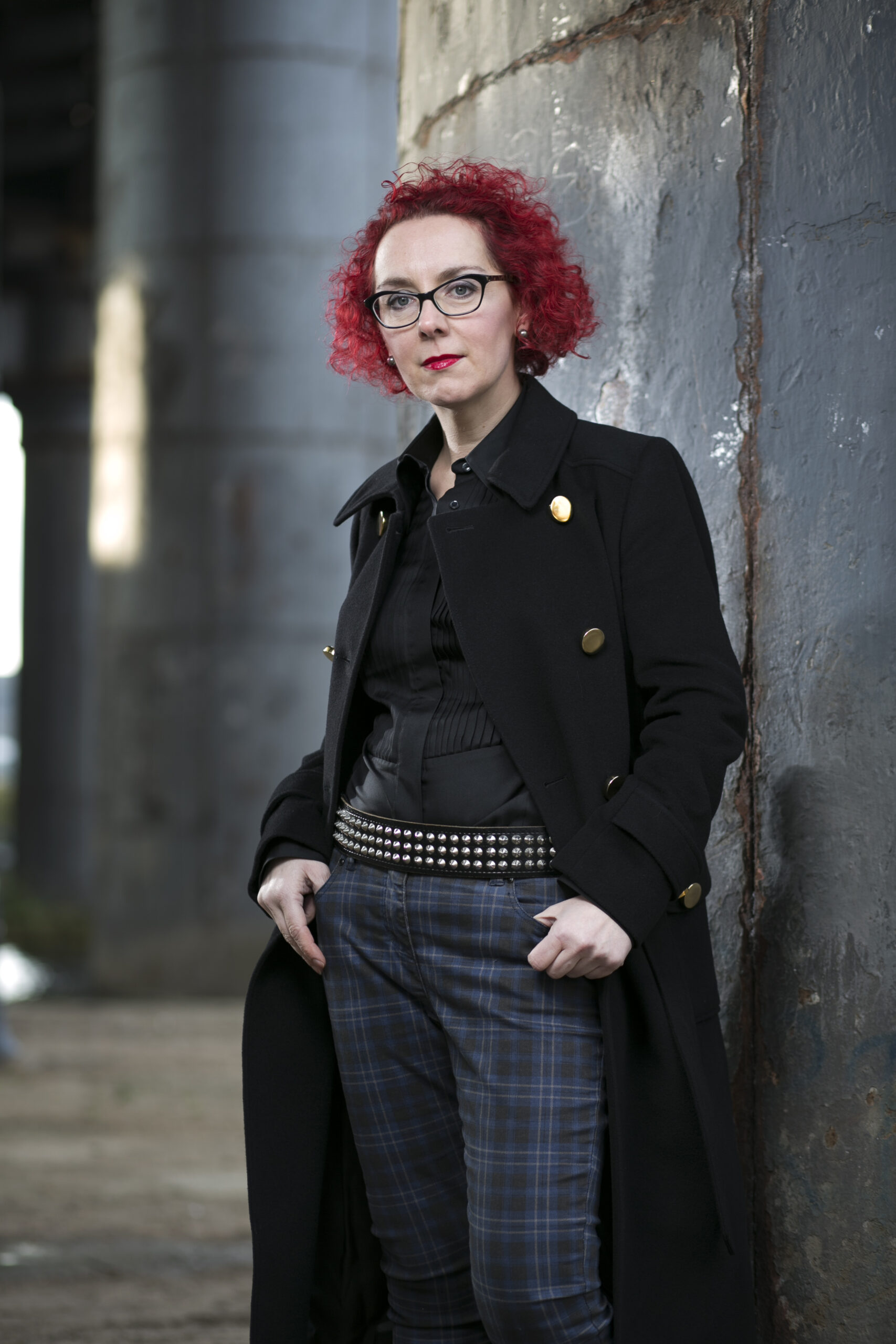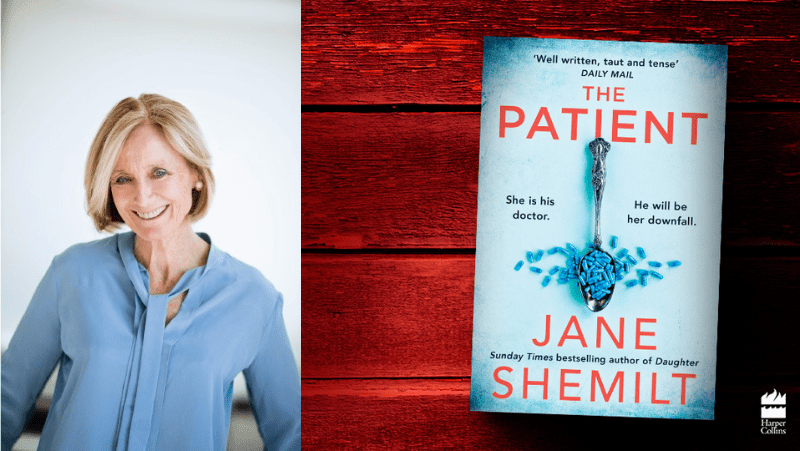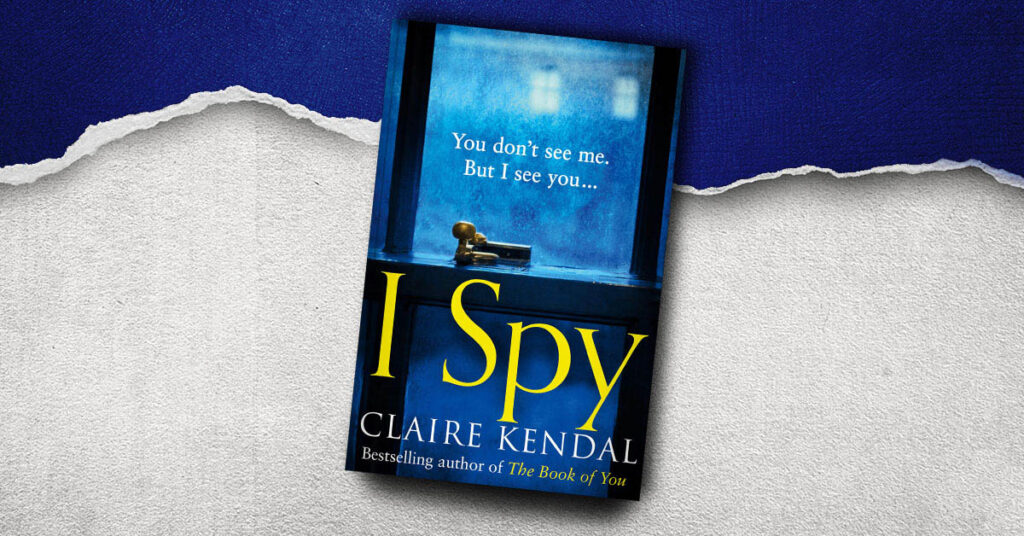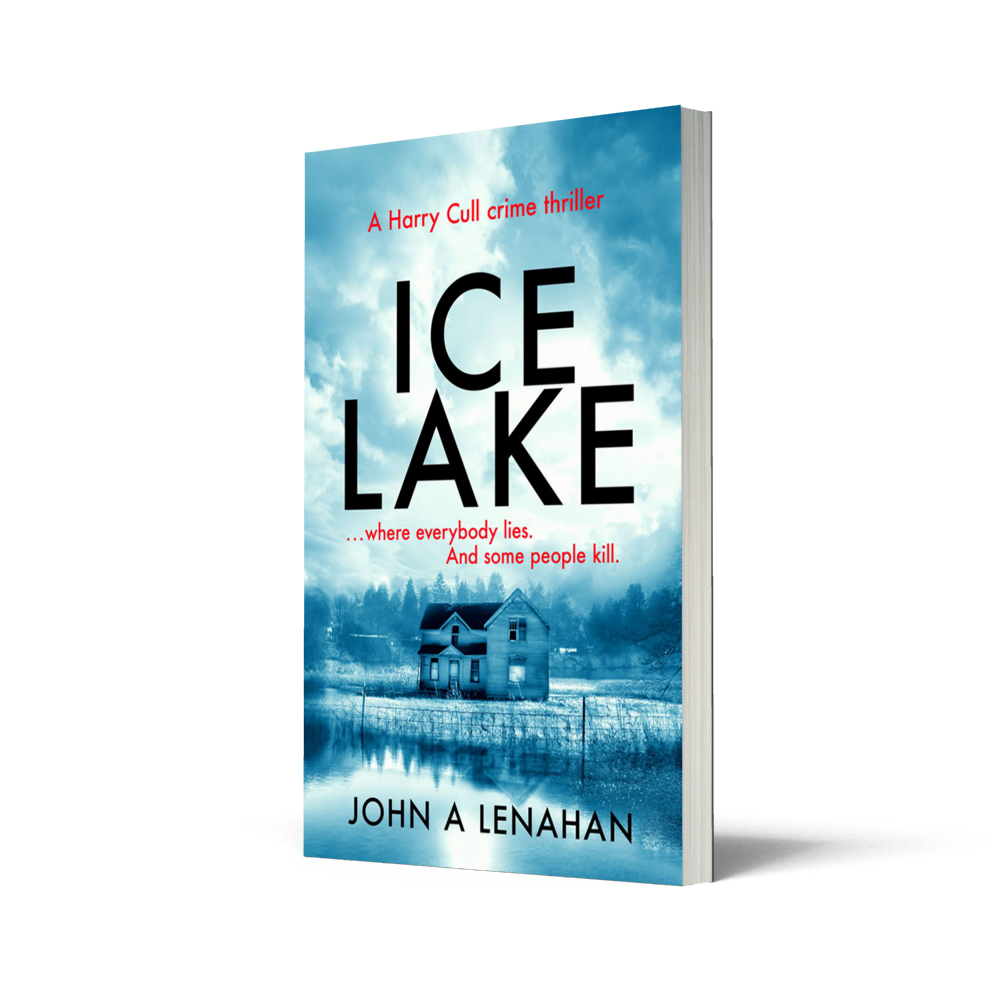 What drew you to the world of crime thrillers?
What drew you to the world of crime thrillers?
There really is nothing better, especially when you’re on holiday and can lose yourself in a fast-paced plot, than a good crime thriller. When The Silence of the Lambs became huge in the early 90s, I was so taken by the story, Clarice’s derring-do, the twistedness of Jame Gumb and the dreadful brilliance of Hannibal Lecter, that I resolved one day, I would write a really complex thriller myself. Almost two decades later, having had six children’s books published and having acquired an addiction to all things Scandi-noir, I decided I was finally good enough at writing to pen that crime thriller. It became my debut, The Girl Who Wouldn’t Die.
Is there a lot of research that goes in to your books?
A huge amount of research is needed for my books, not least because they are set in different locations. The George McKenzie series flits mainly between Amsterdam, London and Cambridge – Amsterdam being its focus. Germany crops up frequently. There are other non-European destinations too. The Dominican Republic, New York, Cambodia… I try to write about places I’ve visited, but a holiday is not the same as living in a place. If I’m to make my location really come to life, I have to research the finer detail – what’s the ethnic makeup of a neighbourhood? What are the local shops like? What sort of cars are parked outside apartment blocks? George is a criminologist, so I’ve been lucky enough to interview several real life criminologists from Cambridge and Manchester Universities to get a flavour of their working days. I try to get my forensic pathology facts as accurate as possible too. Recently, I was granted permission by the chief forensic pathologist at one of Manchester’s biggest hospitals to observe an autopsy, because I didn’t want to do the process a disservice in my books, where the head pathologist, Marianne de Koninck is a key character. And in The Girl Who Broke the Rules, an enormous amount of research was needed, because in many ways, it’s a medical thriller. I spend at least a month researching each book – full time.
 Tell us about your new book
Tell us about your new book
In The Girl Who Broke the Rules, George is studying for a PhD in criminology. She is conducting research into the use of hardcore violent pornography by serial sex offenders and has a strange, almost flirtatious relationship with convicted sexual serial killer and former anaesthetist, Dr. Silas Holm. When two sex workers are found disembowelled in Amsterdam’s red light district, Chief Inspector Paul van den Bergen calls on George’s expertise in a bid to profile the killer, thinking that the murders are almost certainly sexually motivated. As the story unfolds and other, male victims appear – trafficked slave labour from West Africa and South East Asia – the killer’s motive eludes them. So begins a fraught journey through London’s Soho strip clubs and the back streets of Amsterdam to find The Butcher. All the while, George and van den Bergen have to face demons in their own personal lives, forcing them down extremely perilous paths.
What is your inspiration behind the George McKenzie series?
It was Stieg Larsson’s Millennium trilogy and Jo Nesbo’s Harry Hole novels that acted as catalysts for my own series. Although Larsson’s writing style was nothing like mine, I liked the way he touched on issues of trafficking and sexual exploitation. George is my response to Salander. She is an academic, fairly abrasive like Salander and suffers from borderline OCD. She is, however, very much my own creation and has a backstory, like mine, rooted in poverty, petty crime and the unforgiving, gritty streets of a major city. I was inspired by Nesbo’s insanely tight plotting and story-telling ability. I love some of the quirky violence in his books. But real life serial murders and the grim reality of trans-national trafficking have become my major source of inspiration. Truth really can be stranger than fiction, so I reflect on famous, headline-grabbing crimes and weave a new story of my own that is reminiscent of those. My research often drives my stories, now.
What’s your top tip for aspiring authors?
It took me ten years to get good enough to write a complex thriller that I felt would stand up to critical scrutiny. I’ve only had two crime books published, and yet am writing my fourteenth novel at the moment – The Girl Who Walked in the Shadows, which will be the third in the George McKenzie series. My advice is to practice, practice, practice. Write a lot. Listen to feedback from savvy readers. Read critically, understanding why great authors’ books are great. Craft books are not necessary (I could never afford to buy them), providing you can be self-critical, analytical in your own reading and you can throw your ego in the bin when good advice is offered. Never give up!




